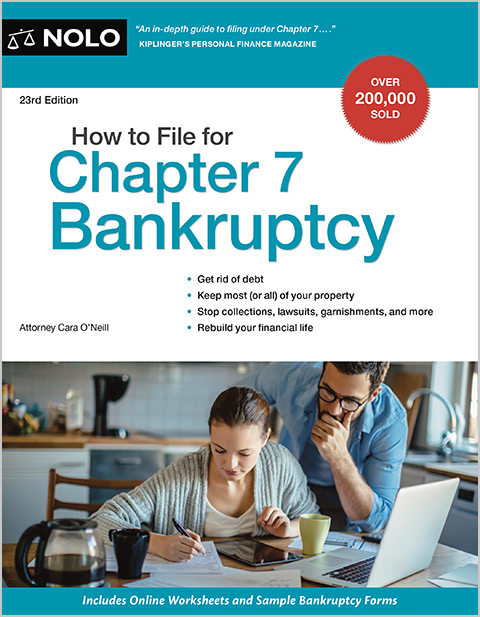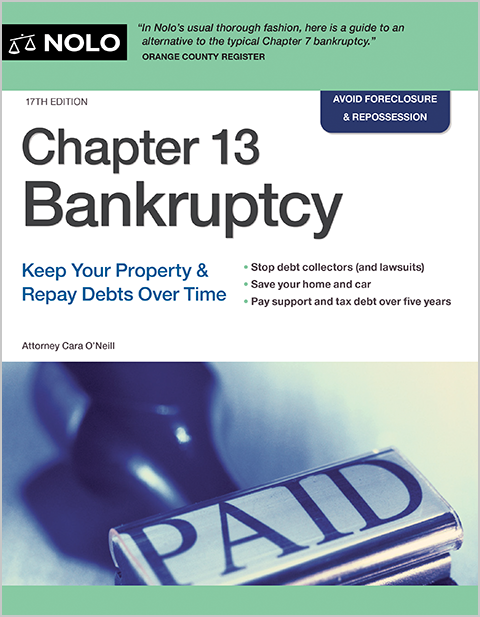 Chapter 11 Bankruptcy for Small Businesses
Chapter 11 Bankruptcy for Small Businesses
Chapter 11 bankruptcy is a type of reorganization bankruptcy often used by large corporations and businesses. Because Chapter 11 can be expensive, time-consuming, and complex, small businesses often opt to use other forms of bankruptcy.
Chapter 11 is the only bankruptcy option, however, for a small business seeking to restructure and continue in operation if it is owned by a partnership, limited liability company, or corporation. (Chapter 13, the other reorganization bankruptcy, can only be filed by individuals.) In addition, because your debts must be under certain limits to file for Chapter 13, if you owe lots of money to creditors, Chapter 11 may be your only way to file for bankruptcy and stay in business.
Chapter 11 bankruptcy and Chapter 11, Subdivision V, let filers restructure debts, modify payment terms, and decrease balances and are primarily used by struggling businesses with the ability to remain operational.
Learn about the differences between Chapter 11 and Chapter 13 business bankruptcies.
Learn when Chapter 7 or Chapter 11 bankruptcy works best for businesses and how bankruptcy rules differ depending on whether an individual or small business files for Chapter 11 vs. Chapter 7 bankruptcy.
Empower Yourself: DIY Products by Nolo
Sidestep the lawyers with do-it-yourself books, documents, and software.
Nolo offers hundreds of consumer-friendly, do-it-yourself legal products for all types of legal situations. Browse our full product list.
More Legal Issues
Click below to view more legal issues. Our extensive collection of legal topics ranges across different areas of practice.
Corporations Car Accidents Criminal Law Debt Management Disability Law Divorce & Family Law

Learn About Our Team
Our editors have over 100 years of combined experience practicing law. These professionals have worked in a wide range of legal areas, from estate planning to criminal law to business formation and beyond. They’re experts at explaining complicated legal issues in easy-to-understand terms.
Learn more about the team that manages Nolo’s articles, books, and DIY tools.
Need a Lawyer? We Can Help
Find an experienced, local attorney in three easy steps. Our process is designed for ease and simplicity.
Describe Your Case
Briefly tell us about your case, and provide your contact information.
Get Connected
We find and instantly list attorneys that can best handle your case.
Hire an Attorney
Choose the attorneys you would like to work with.
Nolo Legal Dictionary
Find plain-English definitions for legal terms by browsing Nolo's Law Dictionary.
Are You an Attorney?
Grow your firm with Martindale-Nolo, the largest legal network, and learn more about our attorney lead-generation and marketing services.
Integrity and Expertise You Can Rely On
At Nolo, we prioritize quality and transparency because we know how important reliable legal information is to our readers. Our information is meticulously researched, regularly updated, and written in plain English by our experienced writers and editors. Learn more about our editorial standards.


